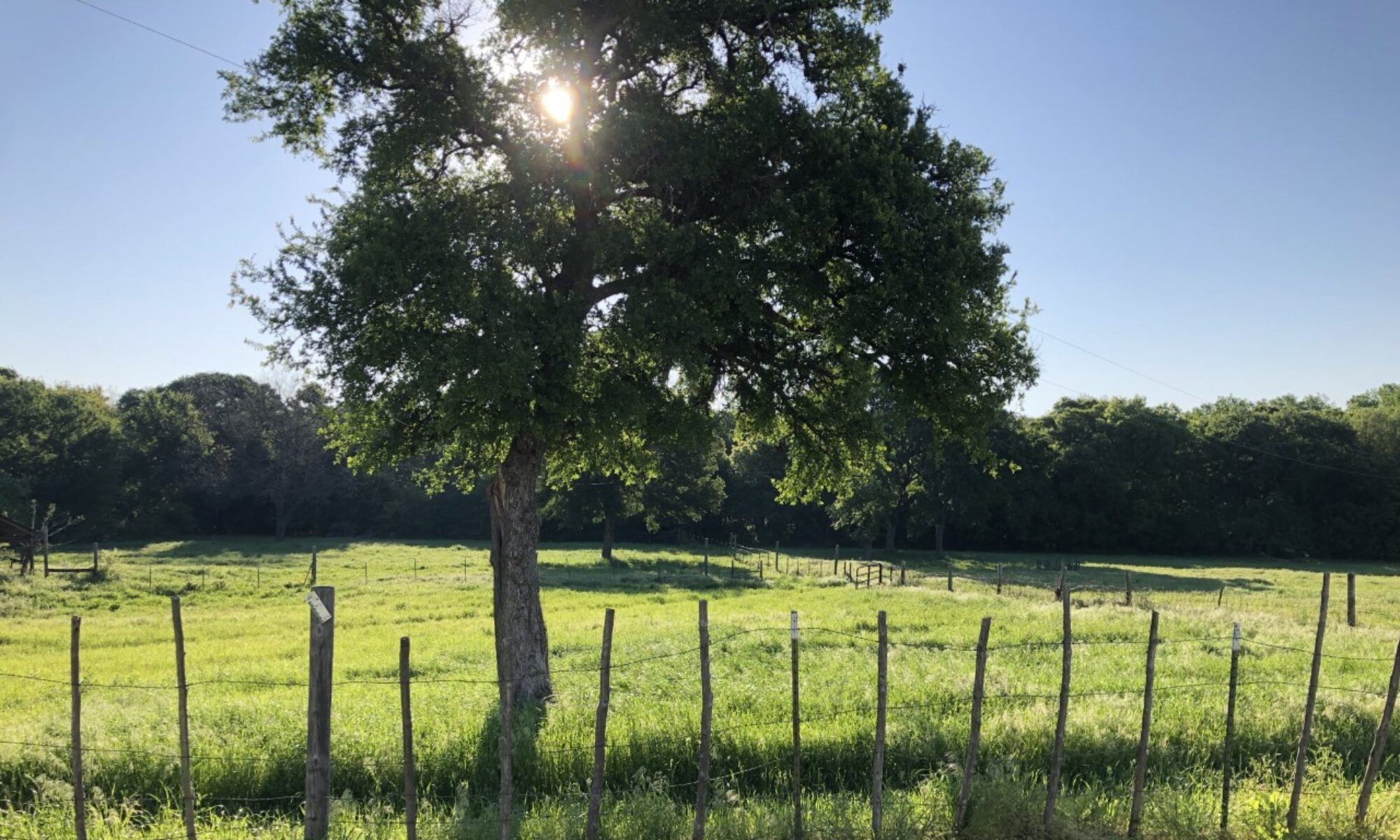
A great advantage in running a pasture raised beef operation is keeping close tabs on the quality of the pasture. Every evening we move the cows from one paddock to the next. Each paddock is (roughly) one days worth of forage for the current herd.
This benefits everyone. Farm folk like me don’t have to hump hay and hollow grains to the cows and we get to understand the farmland intimately.
Cattle get fresh grass every day. They also must eat their third and fourth grazing choices. Momma was right, you do need to finish your whole plate, vegetables too.
The pasture benefits because the grazing is tightly focused. This makes evenly and closely cropped grass with fewer footsteps. Then captured fertilizer (manure and urine) has a more equitable distribution, resulting in improved pasture with every pass through the paddock. (No wastewater run off from chemical sprayer solutions)

Take a look at that top picture. The tall grass on the left is the new paddock, the clipped grass on the right is the day before. It’s effectively grazed but not overly shorn, it will rebound for another pass in 23 days. The new pasture is a delight for the herd, as shown in this happy steer just above. Tomorrow we repeat.
Please do not take any of this grass management guidance as recommendations for managing a beard or mustache.
